Contents
Pushkinia (lat. Puschkinia) is an early flowering bulbous perennial plant. It belongs to the genus of the same name and is a member of the Asparagus family. Pushkinia received its Latin name in honor of the mineralogist and chemist A. A. Musin-Pushkin, who first collected all its species on Ararat. In nature, the culture is found in mountain meadows, rocky slopes, in wet places among shrubs. But this bulbous plant also took root well in the garden, since planting and caring for Pushkinia does not cause any particular difficulties.

Pushkinia is similar in appearance to hyacinth, but it is smaller.
Species and varieties with names
This culture is considered one of the most beautiful spring primroses. It pleases the eye when all other garden plants are just waking up from hibernation. Pushkinia blooms in the first half of April, in early May. Its inflorescences, like those of hyacinth, are brushes with densely arranged bell-shaped flowers.
The underground part of Pushkinia is represented by an ovoid bulb, as can be seen in the photo. It is covered with thin brown scales. The leaves of the plant are located at the base of the stem.
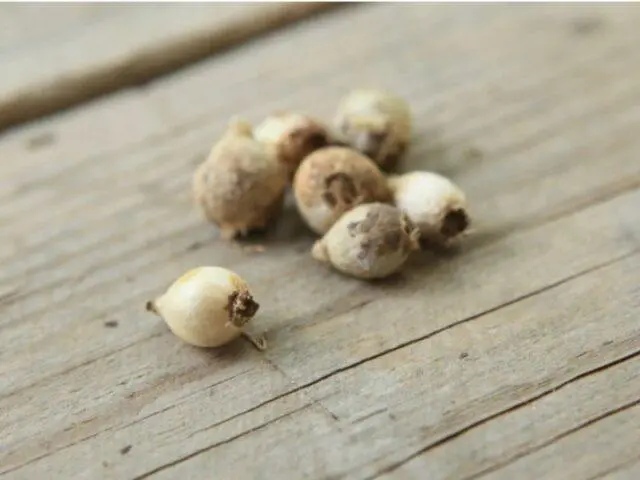
The diameter of perennial bulbs is 1,5-2 cm
In nature, there are only three types of perennial and several varieties. They have some differences from each other. Therefore, it is necessary to study the features of each of them.
Hyacinth Pushkinia
This is the most common type of culture. Plant height reaches 10-18 cm. Pushkinia hyacinth (lat. Puschkinia hyacinthoides) is distinguished by dark green leaves, up to 18 cm long and 1,4 cm wide.
Peduncles of this species are strong, fleshy. They include up to 30 bell-shaped buds of a delicate blue and white color. A blue longitudinal stripe runs along the center of the petals.
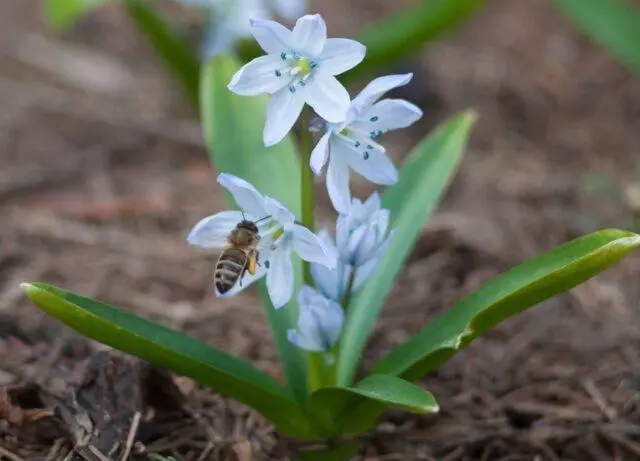
The flowering period of hyacinth pushkinia lasts 10-20 days
Proleskovidnaya Pushkinia
The height of this species reaches 15 cm. The leaves are linear, dark green, formed in the root zone of the perennial. The length of the plates reaches 16 cm, and the width is 2 cm. The flowers of the proleskovid Pushkinia (lat. Puschkinia scilloides) are sky blue in color with a bright blue stripe in the center. The opening diameter is 2 cm. The central part of the pale yellow buds is convex.

Proleskovidnaya Pushkinia blooms in the second half of May
Pushkinia Lebanese or Libanotica
The plant is a dense herbaceous bush up to 15 cm high. The leaves of Pushkinia Lebanese or Libanotica (lat. Puschkinia scilloides var. Libanotica) are xiphoid, of a rich green hue. The inflorescences are dense, up to 10 cm long. The peculiarity of the species is that the crown of its petals has two-toothed lobes. Flowers are sky blue or white. This type of culture blooms in the last decade of May and continues for three weeks.
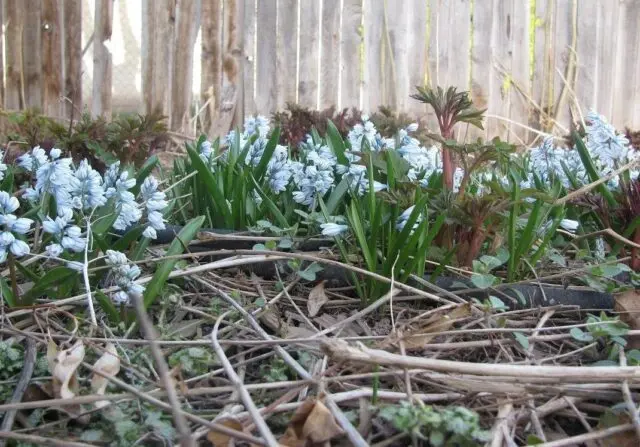
Lebanese Pushkinia looks more impressive than other types of culture
There is also one of the varieties of Libanotics called Alba. It is cast in oval lush inflorescences. The color of the buds of Pushkinia Lebanese Alba (lat. Puschkinia scilloides Alba) is snow-white. And it clearly stands out a contrasting blue stripe running through the center of the petals. Pushkinia libanotica alba blooms in the second half of May.
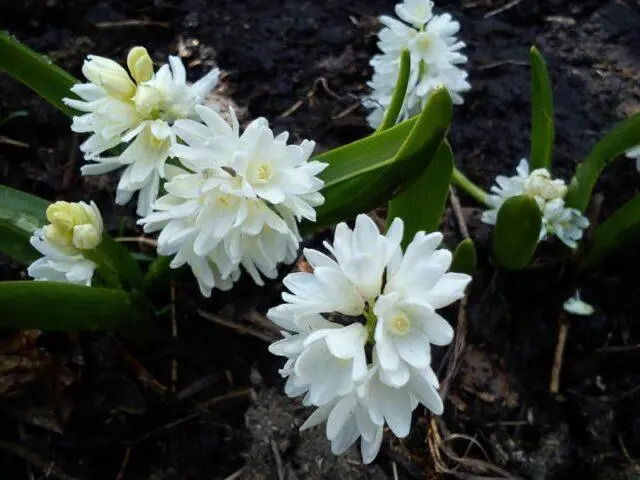
In the Alba subspecies, one bulb is capable of forming from two to four peduncles at the same time.
When to plant Pushkinia
It is necessary to plant perennials in open ground at the end of summer or at the beginning of autumn. More exact dates depend on the region of cultivation. In the southern regions, landing is recommended in early October, in the central regions in mid-September, and in the northern regions at the end of August. In this case, the Pushkinia plant will have time to take root in a timely manner before the onset of permanent frosts. It takes her two weeks to do this. Then the plant can no longer be transferred.
Planting Pushkinia in the open field
Planting this perennial does not involve any complicated actions. Therefore, even a novice gardener can carry it out. However, there are certain features of the procedure that you need to pay attention to.
Bulb preparation
For the successful cultivation of the Pushkinia flower in the open field, it is necessary to pickle the bulbs before planting, which will reduce the likelihood of them being affected by fungal diseases. To do this, you can use the drug Maxim. It must be diluted in a proportion of 2 ml per 1 liter of water and mixed thoroughly. After that, the bulbs must be completely immersed in the solution for 30 minutes, and after the time has elapsed, dry them.
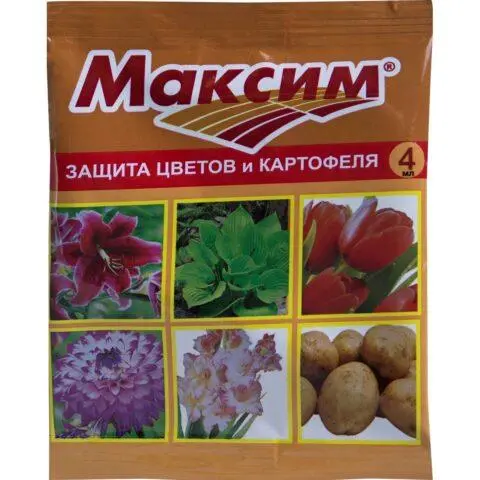
Fungicide Maxim creates a protective barrier not only on the surface of the bulb, but also near it
Site selection and preparation of soil
Pushkinia bulbous primroses can be planted anywhere in the garden where the soil is fertile and well-drained. Moreover, the culture is able to grow under the canopy of trees or other plants. The site should be lit, at least in the first or second half of the day, which will be enough for the full development and flowering of this bulbous perennial.
Two weeks before planting, it is recommended to prepare the soil. To do this, it needs to be loosened to a depth of 10-15 cm, add humus and add 40 g of nitroammophoska for each square. m. Then the surface of the soil must be leveled.
Landing scheme
For planting, you need to make a ditch 15 cm deep. A layer of sand 5 cm thick must be poured at the bottom of it. Bulbs should be planted bottom down at a distance of 5-10 cm from each other. After that, it is necessary to cover them also with sand, and then sprinkle with earth. At the end of the procedure, water the area by sprinkling.
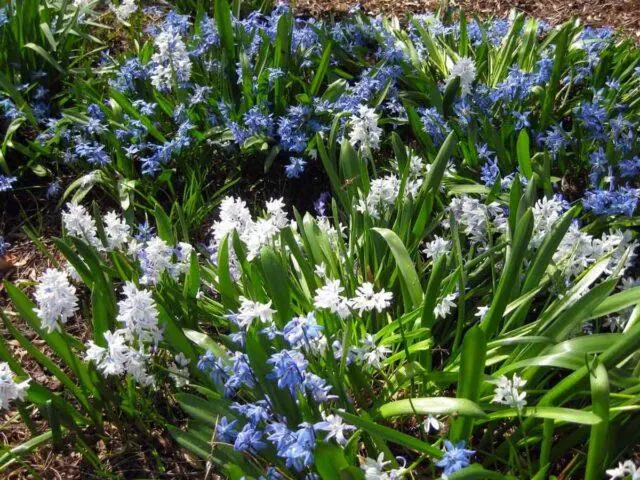
Pushkinia looks good in group plantings
Pushkin care
Care, as well as planting, for Pushkin flowers in the open field is simple. It includes only a few basic standard events.
As soon as the soil on the site thaws in the spring, it is necessary to loosen it to a depth of 3 cm. This will provide air access to the bulbs and accelerate their germination. If during this period there is not enough moisture, it is also recommended to water.
Throughout the growing season of Pushkinia, growing weeds must be removed in a timely manner in order to retain nutrients in the soil. It is also recommended to fertilize the perennial twice a season. The first time it is necessary to carry out top dressing at the beginning of March, using nitroammofoska at the rate of 40 g per 1 sq. m. The second time to feed the perennial is recommended after flowering. At this time, the use of superphosphate 40 g and potassium sulfide 25 g per bucket of water is relevant. Plants need to be watered with a nutrient solution, which will allow them to restore their spent strength and grow bulbs.
Pushkin care also involves pruning. Withered flower stalks are to be removed. You need to remove them at the base. This will redirect the forces of the plant to the formation of the underground part.
Diseases and pests
Pushkinia is susceptible to various types of rot. In this case, watery spots of different shades appear on the leaves of the plant. They subsequently increase in size. Then the disease affects the flower stalks and the root system. As a result, the bulbs soften and exude an unpleasant odor.
Pushkinia also suffers from fusarium. This disease affects the bulb. In this case, the aerial part of the plant turns yellow sharply, as metabolism is disturbed. With this disease, the bottom of the bulb does not form roots, and acquires a pink tint. Affected specimens are recommended to be discarded, and the area should be watered with Maxim fungicide.
This perennial can also be affected by a viral disease – a mosaic, which is carried by pests. In this case, light yellow stripes appear on the leaves, and the inflorescences are sessile, few-flowered.
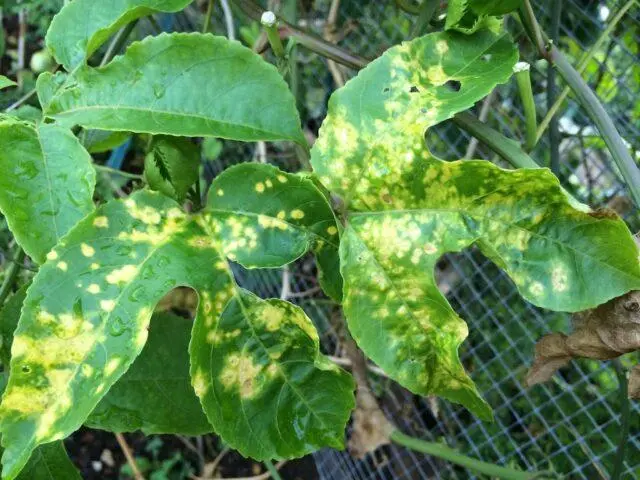
Pushkinia, struck by the mosaic, is subject to destruction in order to prevent mass distribution
Annoy perennials and pests such as aphids, hyacinth mites, flower flies. Therefore, when signs of damage appear, it is necessary to spray and water Pushkinia with acaricides or insecticides.
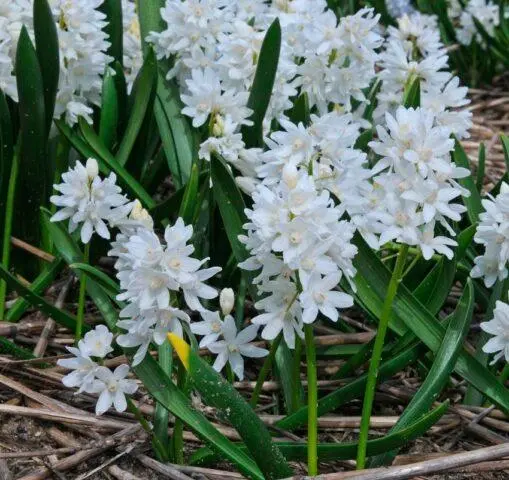
Perennial needs to be transplanted to a new place every five years
Methods of reproduction
Pushkinia can be propagated by seeds and daughter bulbs. The second option is less labor intensive.
Collect seeds for planting in June. After that, it is recommended to store them in the refrigerator until autumn so that they do not dry out. They need to be planted immediately in open ground. To do this, you must first dig the site and level the surface. Planted in furrows, at the bottom of which pour sand. The optimum embedment depth is 5 cm. After that, a layer of peat mulch should be laid on top of the soil. Pushkinia, grown from seeds, blooms for 4-5 years.
In the process of growth, children are formed near the mother bulb. Therefore, they must be separated in the fifth year in order to preserve the decorative effect of the perennial. It is recommended to do this during a period of sharp drying of the leaves. Then they need to be treated with Maxim and slightly dried. It is recommended to store babies, like mother bulbs, in a dark place at a humidity of 65%, and plant them in a permanent place in the fall.
Photo of pushkinia in landscape design
Pushkinia has found wide application in landscape design. It looks good in single plantings, and also combines with other spring primroses.
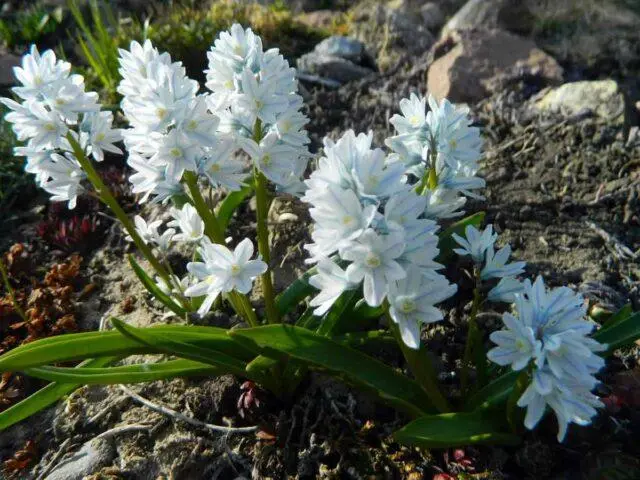
The plant is able to effectively decorate the alpine hill
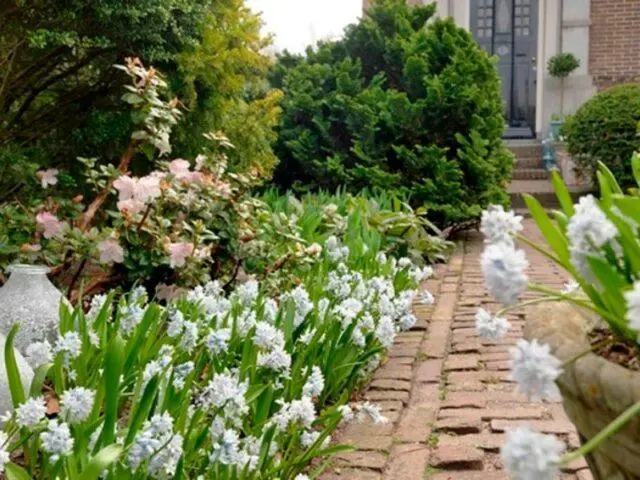
Pushkinia is ideal for borders and paths in spring

Perennial plantings can be used to fill the area under the trees
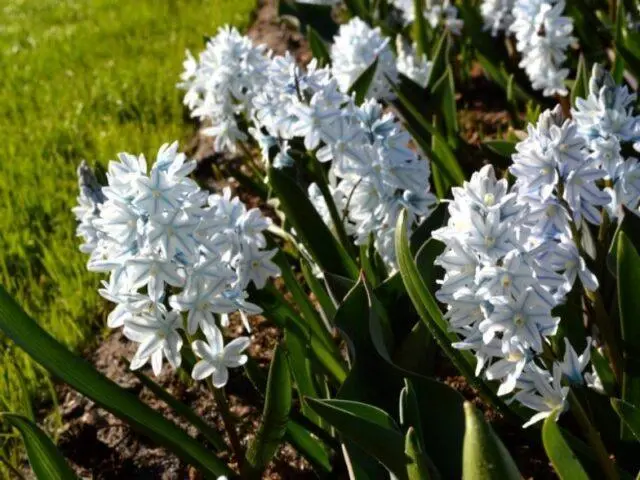
Pushkinia is also suitable for decorating the first plan of a flower bed.
Conclusion
Planting and caring for Pushkin will not cause much trouble if you follow all the recommendations. In this case, the plant will be able to delight with lush flowering every year. In order for it to successfully winter even in the absence of sufficient snow cover, it is necessary to sprinkle the area with perennials with a layer of mulch in late autumn.









